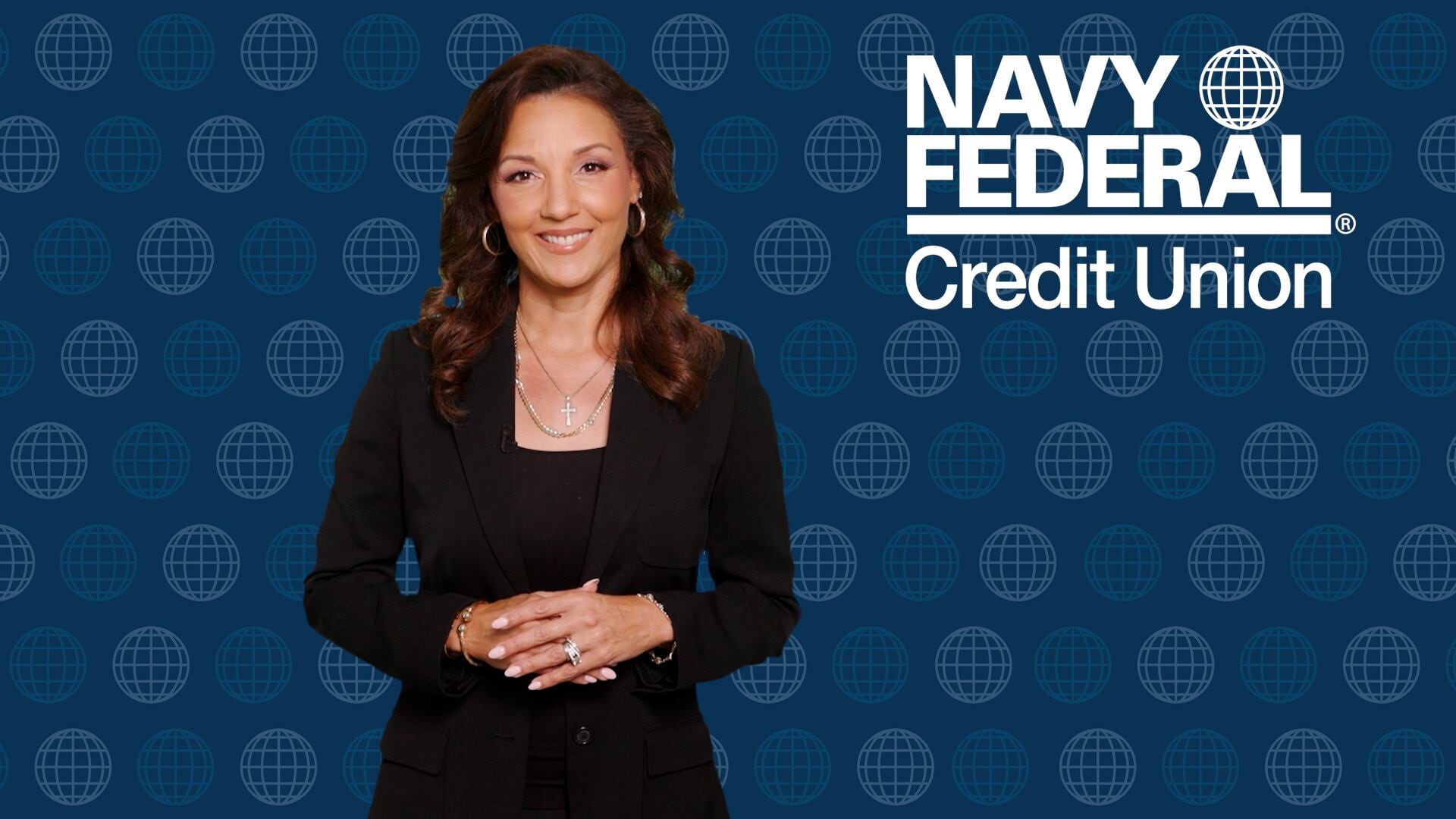OTTAWA — The Royal Canadian Air Force has started looking at a midlife upgrade for its search-and-rescue helicopter fleet that could see the former US presidential helicopters brought into service in Canada.
Canada bought the nine presidential VH-71 helicopters from the US in 2011 to be used for parts for its own AgustaWestland Cormorant search-and-rescue helicopters. But seven of the VH-71s are airworthy, and Canada is now exploring whether they could be modified to take on search-and-rescue roles.
AgustaWestland has submitted a proposal to the Canadian government to do the conversion work, said Jeremy Tracy, who oversees the firm's government activities in Canada. The Cormorants and VH-71s are variants of AgustaWestland's EH-101.
When the Canadian military purchased the VH-71s, it stated that it had no intention to use the aircraft on operations. But there is a concern that a planned midlife upgrade of the Air Force's existing 14 Cormorants would take a number of those helicopters off the flight line, limiting the country's search-and-rescue capabilities, military sources said.
A stop-gap measure would be to have the VH-71s converted to the same configuration as the Cormorants and fly them to ensure there are no issues with search-and-rescue coverage.
RCAF spokesman Capt. Alexandre Munoz said the VH-71 airframes were originally purchased as "a strategic source of parts to improve CH-149 Cormorant availability by injecting additional parts into the supply chain."
"Analysis has shown that a VH-71 could be converted for SAR [search-and-rescue] operations, and it is part of the option analysis of the Cormorant midlife upgrade," he added. "When complete, this analysis will help determine the most effective mechanism to improve fleet capacity if deemed necessary."
Munoz was unsure when the analysis would be completed.
Cost at this point of the midlife upgrade for the Cormorants is estimated to be anywhere from CAN $500 million (US $450 million) to $1.5 billion, depending on the extent of the work done. A request for proposals for that is expected to be released to industry in 2017, with a contract awarded that same year.
The midlife upgrade would extend the Cormorant's life until at least 2040, the RCAF says. The service is examining improvements to avionics, communications equipment and ice protection, as well as dealing with ongoing corrosion issues. Search-and-rescue capabilities are expected to be enhanced with the introduction of a new infrared search capability, according to the Air Force.
The service has also outlined its desire to eventually acquire a Cormorant flight simulator.
The RCAF has not provided any estimates of what it would cost to convert the VH-71s. That is part of the ongoing analysis.
Canada paid $164 million for the helicopters, also known as the US-101. The deal also included more than 800,000 spare parts and test equipment.
The VH-71s were originally to be part of a fleet of 28 long-range armored, gear-packed helicopters intended to replace decades-old Sikorsky VH-3D Sea Kings and late-1980s VH-60N WhiteHawks in the US presidential fleet.
Thanks largely to requirements creep, the cost to develop and buy the helicopters soared from $6.1 billion in 2005 to $11.2 billion three years later. A few months after taking office in January 2009, US President Barack Obama pulled the plug on the effort, and the production run ended at nine. Cost per helicopter, including development, was about $400 million.
Then the White House decided not to use the VH-71s at all, saying they wanted a new fleet of just one aircraft type to hold down maintenance and training costs. The Congressional Research Service calculated in June 2009 that the decision would waste $3 billion.
When Canada bought the aircraft, it had been dealing with problems in acquiring spare parts for its Cormorants. It is now using the parts from the VH-71 stockpile on its Cormorants, the Department of National Defence confirmed.
At the time of the VH-71 purchase, Jack Harris, defense critic for the New Democratic Party, the official opposition in the House of Commons, said the helicopters should be made operational and added to the search-and-rescue flight line. But Department of National Defence officials respond, saying that wasn't possible since converting the aircraft would be too expensive.
"It still makes sense to get those helicopters flying," Harris said. "We would be able to improve our search–and-rescue capability and with 21 helicopters we could extend it into the Arctic."
Converting the VH-71s would include installing a side door as well as upgrading the cockpits so they are similar to the Cormorants, Tracy said.
"Essentially it's primarily an avionics upgrade," he explained. "The (VH-71) helicopters have been well-maintained."
Canada selected the Cormorant in 1998 as its main search-and-rescue helicopter. A $779 million program saw the purchase of 15 of the helicopters. One helicopter has since crashed.
Email: dpugliese@defensenews.com
David Pugliese is the Canada correspondent for Defense News.






